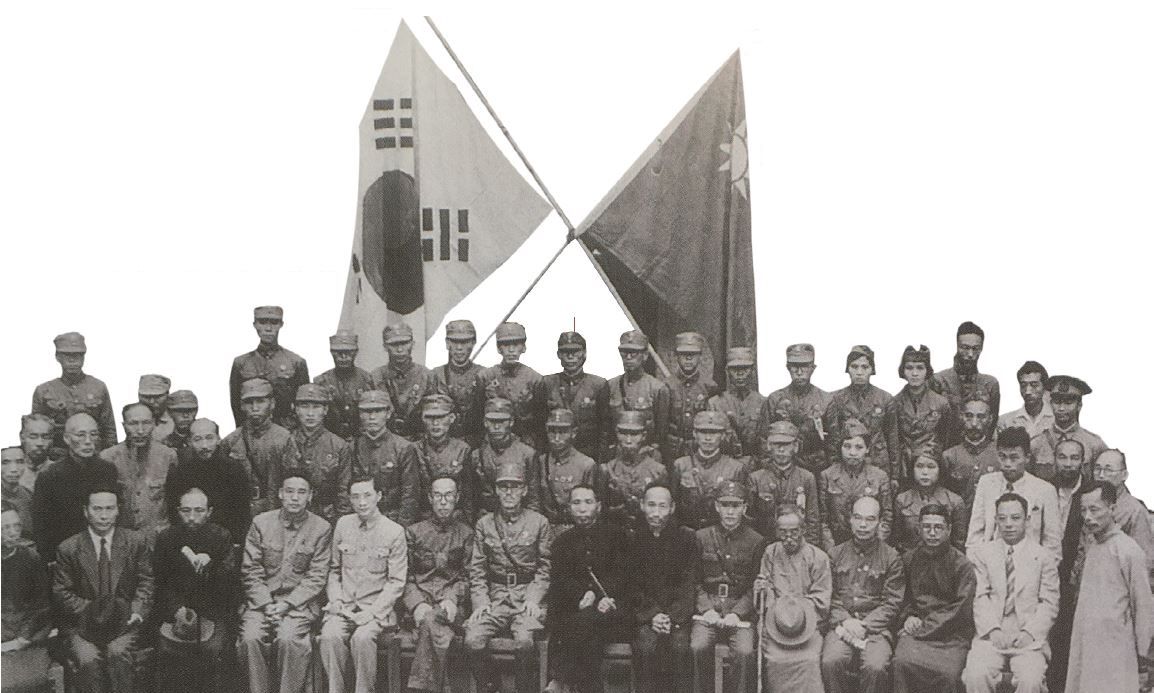
Kim Koo and Chiang Kai-shek
After having moved to Shanghai in exile right after the March 1st Movement, Kim Koo was named the director of police affairs when the Provisional Government launched, became the director of domestic affairs in 1922, and then became premier in late 1926. Yet it was after Yun Bong-gil’s patriotic deeds on April 29, 1932 that he emerged as the central figure of the Provisional Government. This can be concluded based on a statement made by Chiang Kai-shek, China’s supreme military and political leader from 1928 through 1949. Chiang, who is famous for having kept a diary during his lifetime, wrote a diary entry on April 30, 1932, the day after the bombing incident. In this entry, he wrote that he found out through newspaper reports, mentioning that Koreans, Yun Bong-gil and An Chang-ho were the masterminds. Thus, one can assume that Chiang was not well aware of Kim Koo until this time.
As Japan’s investigations into and pressure on Korean independence fighters in Shanghai intensified following the bombing, Kim Koo sent statement letters to a few newspapers in China and revealed that Yun’s patriotic deeds were executed according to his plan. In the statement entitled, “The Truth Surrounding the Bombing Incident at Hongkou Park,” (today, Lu Xun Park) that was published in the May 10 editions of China’s major newspapers, Kim revealed, in detail, his and Yun’s profiles and the progress and objectives of the heroic bombing. It is presumed that on this day, Chiang learned that Kim Koo stood behind Yun Bong-gil and began to help Kim escape, while offering him personal security through organizations related to Kuomintang of China. A report sent to Chiang by Kong Pei-cheong under the command of Kuomintang’s Organization Department member, Xiao Zing, in early July 1932 states, “It would be better to offer Kim Koo support because he says he can form an independence army of Koreans in the northeastern region, cooperate with China’s volunteer corps, and conduct joint anti-Japan operations if we provide him with weapons.”
Bae Gyeong-han(research professor at Korean Studies Institute, Pusan National University)